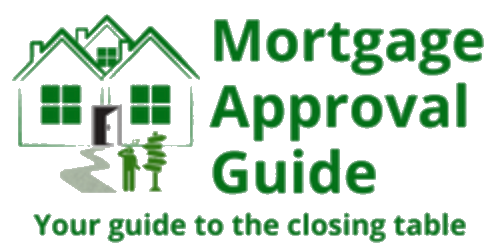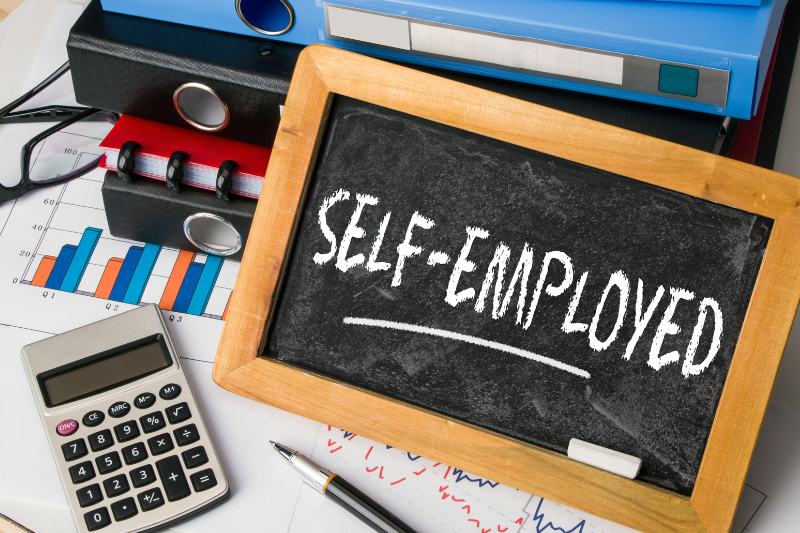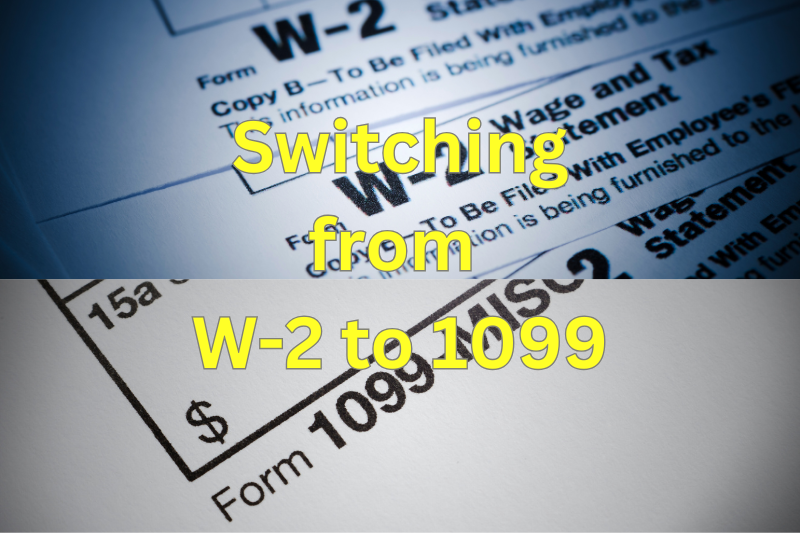So you’ve been out here grinding. LLC in the bio. Invoices flying. Taxes paid (hopefully).…
First-Time Homebuyer’s Checklist
Ready to purchase your first home? Use this easy-to-follow checklist to navigate the path to home ownership.
- Determine Your Budget: It’s best to determine how much house you can afford early in the process to avoid falling in love with a home that will stretch you too much financially. You may also decide that you need time to save up for a down payment or improve your credit, which will impact the rest of your home purchase steps. Starting with setting a realistic budget will make the rest of your home buying process much smoother.
- Find a Pro: You do not have to work with a real estate agent to buy a home, but it can be very helpful, especially on your first home purchase. This professional can provide insight into the local real estate market, negotiate on your behalf with sellers, schedule showings at potential properties, and write all of the legal contracts. They can also recommend reputable inspectors, repair people, and lenders.
- Get Pre-approved by a Lender: Meet with a few potential lenders to see what terms they can offer and how easy they are to work with before deciding on a company. Banks, credit unions, and mortgage companies can discuss what lending products are available based on your situation, such a VA loans, FHA loans, or home rehab loans. Getting pre-approved means that the lender has reviewed your finances and credit and is ready to approve your loan up to a certain amount.
- Search, Search, Search: This is where working with a Realtor can save a lot of time. You provide them with your home criteria and budget; they search through the available homes to find the best fit. You can visit potential homes through private appointments or open houses, which your Realtor will set up. Don’t be afraid to keep searching until you find just the right place to call home.
- Make a Purchase Offer: Once you find the right home, your Realtor will draw up a purchase offer and send it to the seller. They can accept your offer, reject your offer, or come back with a counteroffer. Negotiate price and terms until both you and the seller agree on the sale. If you can’t agree, go back to step four and keep looking for just the right place.
- Get an Inspection: Before the sale is final, it is best to get a home inspection completed by a licensed professional. You can find out about any major repairs that need to be done. This contingency is often written into the purchase agreement. If anything is found that you are not comfortable with, you can back out of the purchase. You also have the option to request that the seller fix major issues or lower the purchase price before the purchase is complete. An appraisal is sometimes required by your lender to allow an independent third party to verify that the home is worth at least the value of the loan.
- Close on Your Purchase: This is the most exciting step—when you sign the official purchase agreement and get your new keys. Closing generally takes place at a law office or title company and is scheduled by your lender. Congratulations! You are now a homeowner.





